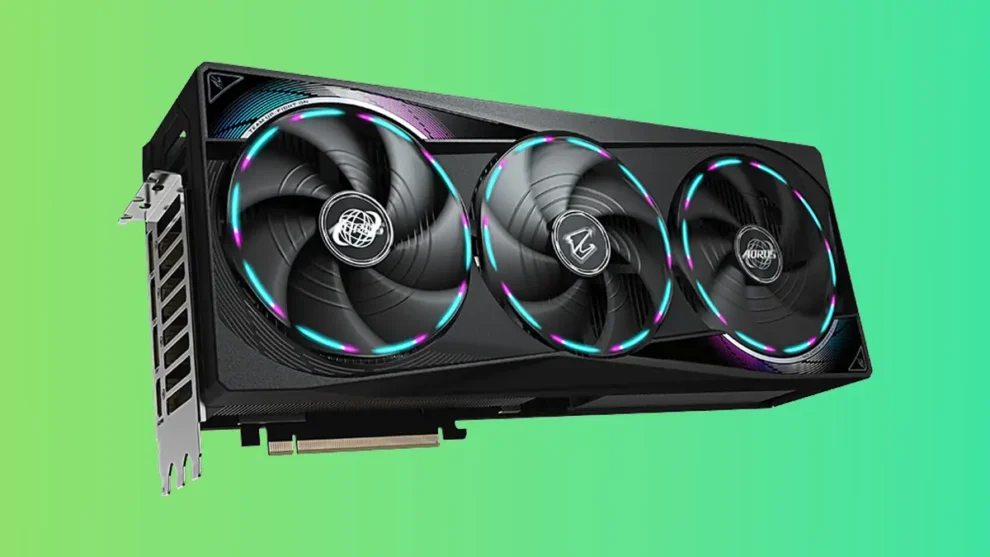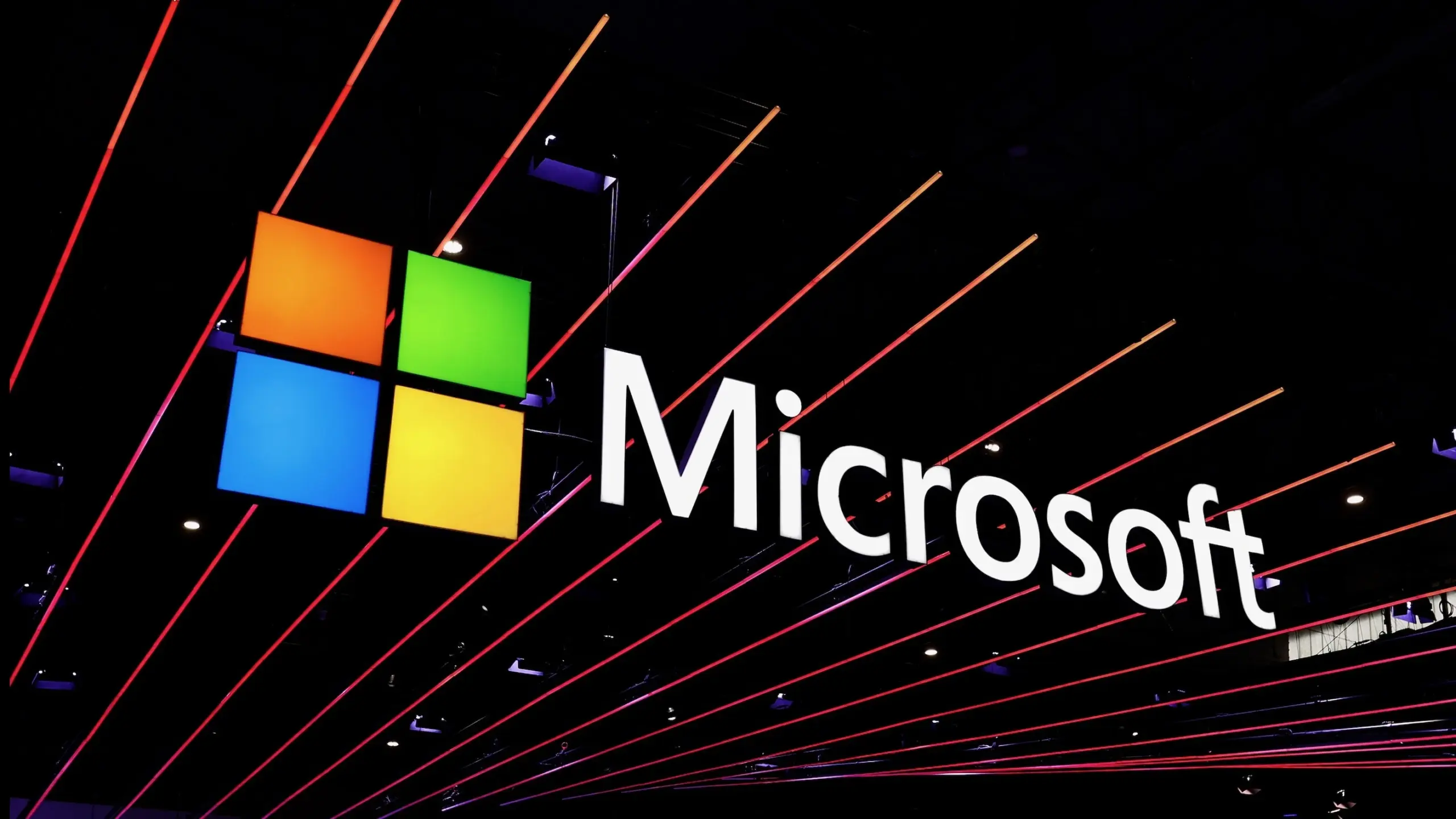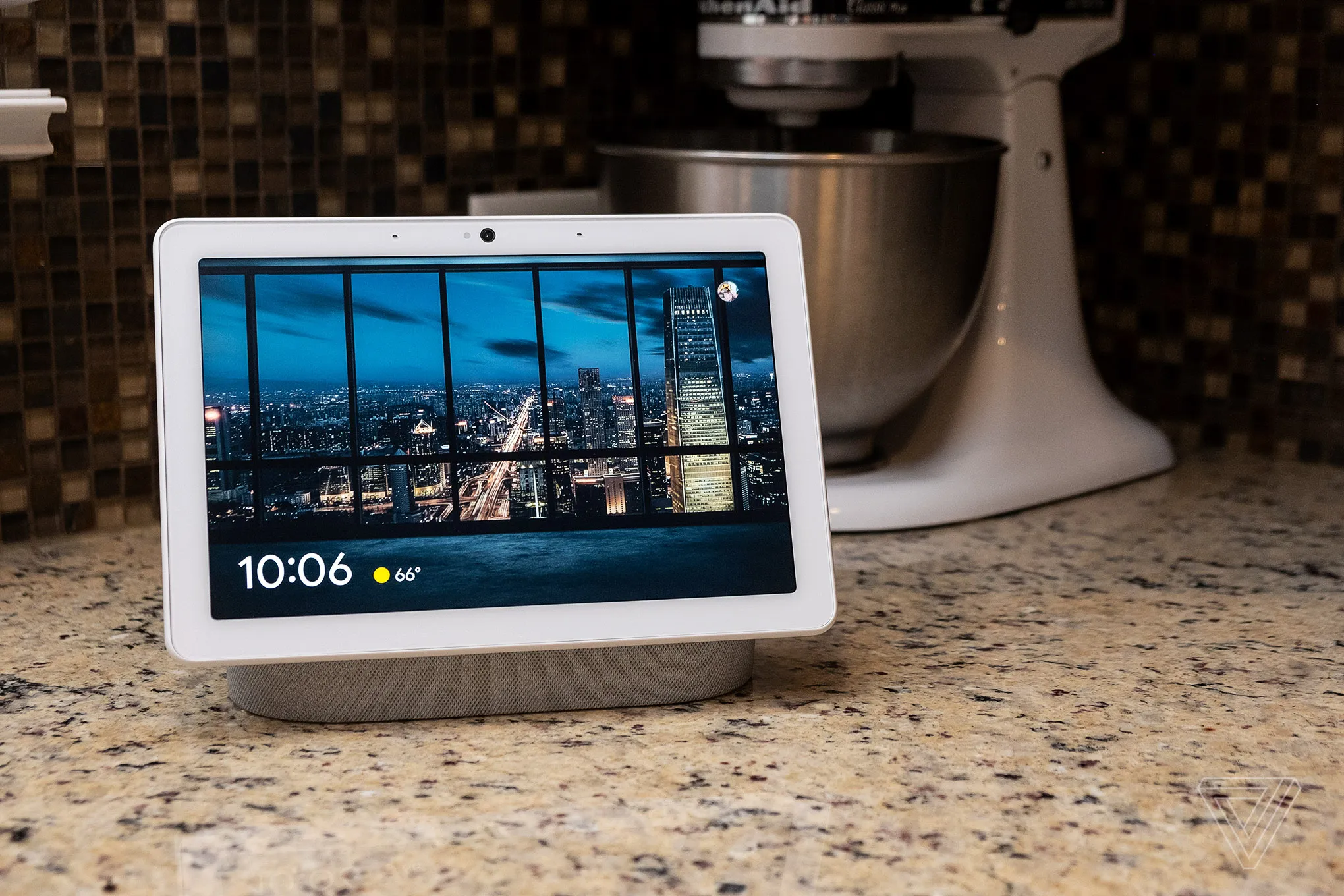The highly anticipated Nvidia GeForce RTX 5070 Ti has barely hit the digital shelves, and already, it’s making headlines for all the wrong reasons. Early retail listings in both the European Union and the United States reveal shocking price markups, with some models nearly doubling the suggested retail price (MSRP). This news has sent ripples of disappointment and frustration through the gaming community, raising concerns about accessibility and the ever-increasing cost of high-end PC gaming. But what’s causing these inflated prices, and what can gamers do about it?
This article delves into the details of these inflated listings, examining the potential reasons behind the price gouging, exploring the reactions from gamers, and discussing the implications for the future of graphics card pricing. We’ll also look at historical trends and offer some advice for those hoping to snag an RTX 5070 Ti without breaking the bank.
Early Listings Paint a Grim Picture
The RTX 5070 Ti, positioned as a high-performance card offering a sweet spot between price and performance, was eagerly awaited by gamers looking to upgrade their systems. However, the initial retail listings tell a different story. Reports are surfacing of cards listed for sale at prices significantly higher than the expected MSRP. In some cases, prices are approaching double the suggested retail price, making the card significantly less attractive to budget-conscious gamers.
- EU Listings: Reports from European retailers indicate substantial markups, with some models exceeding €1000, far beyond the anticipated price point.
- US Listings: The situation in the US isn’t much better, with similar reports of inflated prices appearing on various online marketplaces and retail sites.
These early listings paint a concerning picture, suggesting that the RTX 5070 Ti, like many recent GPU releases, is falling victim to market forces that are pushing prices beyond reasonable levels.
Why Are Prices So High?
Several factors contribute to these inflated prices. While it’s difficult to pinpoint one single cause, the following are the most likely culprits:
- Initial Demand: The RTX 5070 Ti is a highly sought-after card, and initial demand always outstrips supply. This creates a perfect storm for price gouging, as retailers and resellers take advantage of the scarcity.
- Scalping: Scalpers, both individuals and organized groups, use bots and other methods to purchase large quantities of cards as soon as they become available. They then resell these cards at significantly inflated prices, capitalizing on the high demand.
- Component Shortages: While the global chip shortage has eased somewhat, lingering supply chain issues and increased costs of components can still contribute to higher prices.
- Cryptocurrency Mining: Although the impact of cryptocurrency mining on GPU prices has lessened since the Ethereum merge, certain cryptocurrencies can still make mining profitable, leading to increased demand for high-performance cards.
- Retailer Markups: Some retailers might be taking advantage of the high demand to increase their profit margins, further contributing to the inflated prices.
Gamer Reactions: Disappointment and Frustration
The gaming community has reacted to these inflated prices with a mix of disappointment and frustration. Many gamers feel priced out of the high-end market, expressing concerns about the increasing cost of PC gaming. Online forums and social media platforms are filled with discussions about the price gouging, with many gamers vowing to wait for prices to stabilize or consider alternative options.
- Calls for Price Regulation: Some gamers are calling for more regulation of GPU pricing, arguing that the current market is unsustainable.
- Boycotts and Alternatives: Others are organizing boycotts of retailers engaging in price gouging and exploring alternative graphics card options.
- Patience is Key: Many experienced gamers advise patience, suggesting that prices will eventually come down as supply increases.
Historical Trends and Future Implications
The current situation with the RTX 5070 Ti is not unique. We’ve seen similar patterns with previous GPU releases, particularly during periods of high demand and supply shortages. However, the current levels of price inflation are particularly concerning, raising questions about the long-term accessibility of high-end PC gaming.
- The Future of GPU Pricing: It remains to be seen whether prices will eventually stabilize or if this trend of inflated launch prices will become the new normal.
- Impact on the Gaming Community: These high prices could have a significant impact on the gaming community, potentially driving more gamers towards console gaming or cloud gaming services.
What Can Gamers Do?
While the current situation is discouraging, there are a few things gamers can do to try and secure an RTX 5070 Ti at a reasonable price:
- Be Patient: The most important thing is to be patient. Prices are likely to come down as supply increases.
- Shop Around: Compare prices from multiple retailers and online marketplaces.
- Consider Alternatives: Explore alternative graphics card options that might offer similar performance at a lower price.
- Set Price Alerts: Use price tracking tools to get notified when the RTX 5070 Ti drops to a more reasonable price.
- Avoid Scalpers: Do not buy from scalpers. This only encourages their behavior and contributes to the problem.
- Support Retailers with Fair Pricing: Support retailers that are committed to fair pricing and discourage those that are engaging in price gouging.
The inflated prices of the RTX 5070 Ti are a major concern for the gaming community. While the reasons for these high prices are complex, the impact is clear: it makes high-end PC gaming less accessible to many gamers. However, by being patient, shopping around, and supporting retailers with fair pricing, gamers can help to push back against price gouging and ensure a more equitable market for graphics cards. The future of PC gaming depends on it.










Add Comment